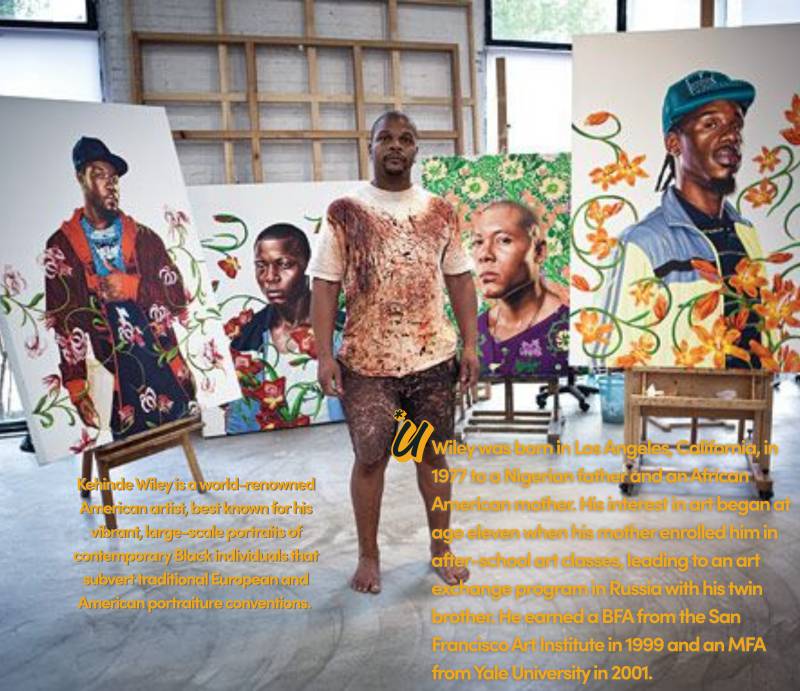Compromise was inevitable, but still the conference increased the speed of action with three important developments
Delegates at the Cop26 climate conference in Glasgow on Saturday.
If a bus were hurtling towards a child in the middle of the road, no one nearby would take merely one step to get that child out of the way. They would rush, at speeds previously unbeknownst to them, using every muscle in their body, to get that child to safety.
On the climate crisis, a bus is careering toward us and we have still not flexed all our muscle power to get ourselves or future generations to safety.
Emissions continue to rise. The loss and damage is devastating. Trust has been breached. The resulting frustration, anger and incredulity at the pace of progress is warranted. As activists of all stripes remind us constantly, we need systems change, not climate change. And they are absolutely right.
At the same time we should understand our double predicament. First, we are actually in the midst of a systems change, and it is precisely the systemic nature of the change that slows the pace for now – until we hit positive tipping points. If we only had to transform one sector, or move one country off fossil fuels, we would have done so long ago. But that is not what it takes. All sectors of the global economy have to be decarbonised, even the hard-to-abate ones, and all countries must switch to clean technologies, especially those that have depended on exporting or importing fossil fuels for decades. It is a deliberate metamorphosis that is more complex and far reaching than any transformation we have ever attempted.
Second, just as the transition gathers pace moving from gradual to exponential, the window within which we need to achieve it constantly shrinks. The speed of change foreseen in Paris in 2015 has been superseded by improved scientific understanding and the shocking escalation of impacts being felt by the most vulnerable. We now know that we must halve global emissions no later than 2030. It is as though the bus suddenly accelerated as we were approaching the child.
And yet none of the above can keep us from doing what needs to be done – the consequences are simply too dire.
Cop26 had to reset the pace of transformation to be commensurate with the increasing urgency we face. And it was challenging. Diametrically opposed interests were exposed. Pressure inside the negotiating rooms was intense. Common ground was elusive. Compromise was inevitable. And still, the Cop increased the speed of action with at least three resets.
First, 1.5C is the new 2C. The final decision reflects the intention to keep 1.5C not just alive, but front and centre of our efforts. The first set of reduction commitments registered in Paris brought the forecast trajectory of a 6C rise above pre-industrial levels by the end of the century to a 3.7C path, better but catastrophic for humanity. The second set of reductions committed to in Glasgow has taken us down to a 2.4C course, better again but still dangerous. We are still far from where we need to be, but we now know that the task is to not surpass the ceiling of 1.5C. No one in their right mind is talking about “well below 2C” any more. The science is undisputed, and this understanding will continue to force us to accelerate all efforts over time.
Second: the yearly ratchet. Thanks to a strong push by the most vulnerable countries, the third set of national efforts to reduce emissions and contribute to climate solutions is now scheduled for the end of 2022, instead of waiting another five years. This is a much-needed tightening of the multilateral system: ratcheting commitments annually to ensure we are halving emissions by 2030 is what will keep 1.5C in sight. It comes with complications – including with emissions accounting – but this accelerated pace already makes the previous five-yearly schedule look outrageously out of whack.
Third: nature is finally recognised for its solution potential. All the emissions reductions in the world will mean nothing to future generations if we do not also protect and restore nature. Nature is our greatest protector from the worst impacts of the climate crisis, and this was recognised with $20bn in commitments of public and private money for forest protection – a first for a climate Cop. In addition, more than 100 countries pledged to reverse deforestation by 2030 at the latest. The decision text rightly emphasises the importance of protecting, conserving and restoring nature in order to achieve the Paris agreement temperature goal. So, while the energy revolution – from coal to clean – is already well under way, Cop26 marks a new push to achieve the necessary land use revolution this decade: from degeneration to regeneration if we are to keep 1.5C in sight.
There are remaining areas of deep disappointment; the “phase-out of coal” being weakened to a “phase-down of unabated coal”, for example. The intended finance facility for developing countries was reduced to a dialogue. But the most acutely felt, glaring void is the lack of support for the most vulnerable nations to cope with quickly accelerating loss of homes and livelihoods and damage to lands and infrastructure. Much work needs to be done to address this before nations reconvene in Egypt for Cop27 – as the climate crisis is hurtling towards us at terrifying speed.
The success of Cop26 lies in the eyes of the beholder. Many will say that we continue to irresponsibly spin the political wheels, and from some vantage points that is true, but no one can deny that Cop26 has hastened the speed of the wheels of change. However, the question still remains, will we ultimately end up under the bus, or will the added speed of action deliver us and our descendants to safety? The answer to that is up to all of us.
SOURCE : Guardian




